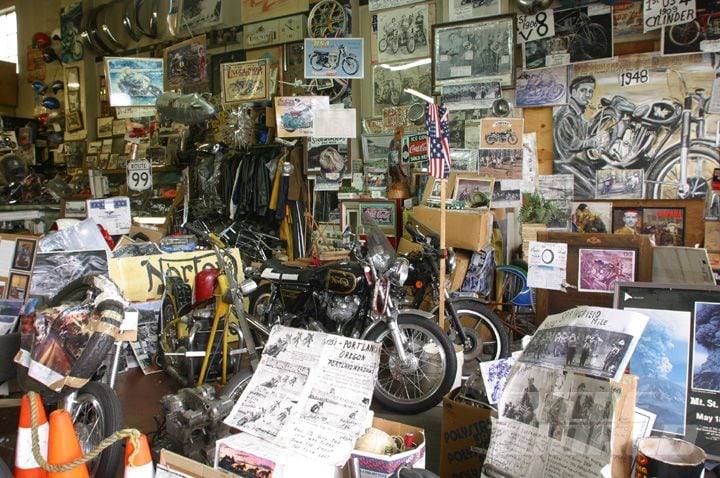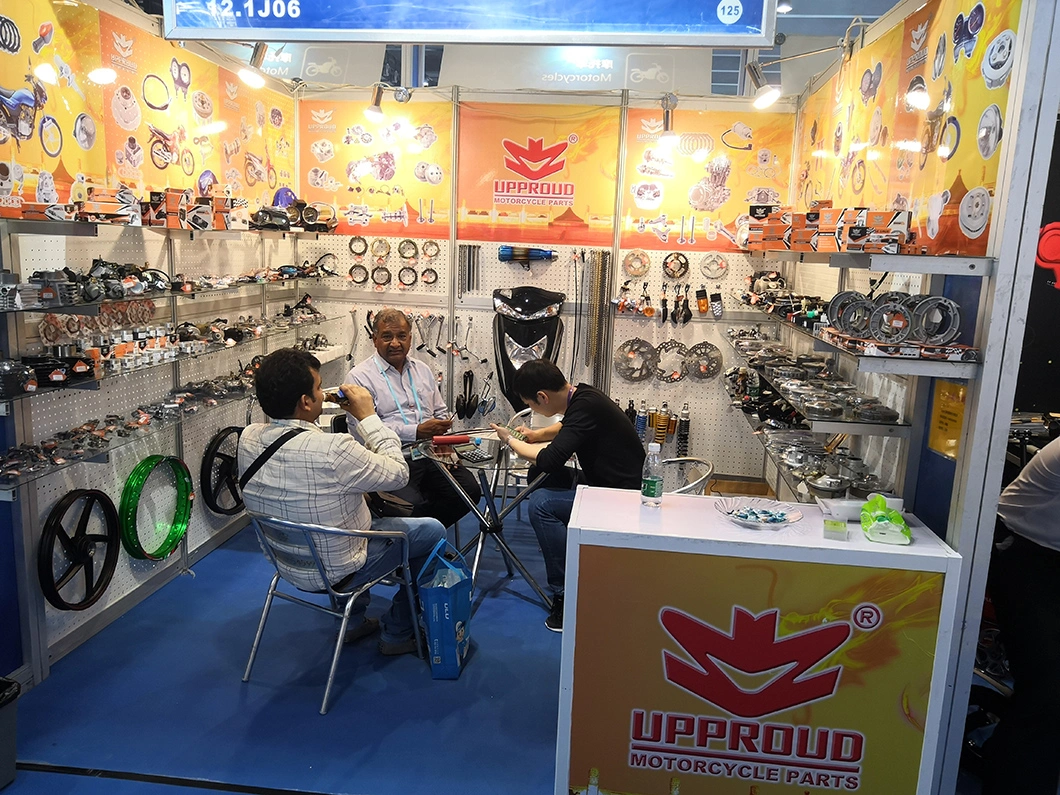Visit Our Motorcycle Shop for Expert Recommendations and Top Quality Products
Visit Our Motorcycle Shop for Expert Recommendations and Top Quality Products
Blog Article
Comprehending the Vital Parts of a Motorcycle: A Comprehensive Guide for Lovers
For bike fanatics aiming to elevate their riding experience and guarantee their bikes run smoothly, comprehending the vital elements of a motorcycle is critical. Each component, from the engine's complex workings to the critical duty of the braking systems, not just influences performance however likewise safety and security and convenience. This overview will certainly go through the essential components that every cyclist should recognize with, making it possible for educated selections in both maintenance and prospective upgrades. As we start this exploration, one must ask: how does each component interact to create the smooth adventure every enthusiast seeks?
Engine Elements

The camshaft plays a critical duty in regulating the timing of the engine's valves, ensuring the accurate opening and closing required for reliable gas and air consumption, as well as exhaust expulsion. This timing is critical to keeping optimal engine performance and efficiency. In addition, the carburetor or gas shot system, depending upon the motorbike version, is in charge of blending air with fuel in the appropriate ratio for burning.
The cooling system, either air or liquid-based, functions to preserve the engine's temperature within operational limits, stopping getting too hot and making sure long life - motocross parts nz. Each component, diligently developed and integrated, adds to the smooth operation of the engine, specifying the motorcycle's power outcome and total performance
Transmission System
Important to the motorcycle's capability, the transmission system makes sure reliable power transfer from the engine to the wheels. This system comprises numerous critical parts, consisting of the clutch, gearbox, and last drive, each playing an essential function in equating the engine's power right into activity. The clutch, generally run by a hand bar, offers to involve and disengage the engine from the transmission, permitting smooth equipment modifications and controlled velocity.
The gearbox, frequently referred to as the transmission proper, consists of a set of equipments that motorcyclists can manually change with to readjust the bike's speed and torque output. These equipments are arranged in a series that enables the motorbike to accelerate efficiently and maintain optimum engine performance throughout various rates. Many bikes use a consecutive gearbox, calling for the biker to change gears in a predetermined order.
Braking Systems
While comprehending the transmission system is vital to taking advantage of a motorcycle's power, equally essential is the capacity to control and quit that power effectively, which is where braking devices enter play. Brakes are critical for security and efficiency, providing the biker with the essential control to navigate different surfaces and problems. Generally, motorbikes include 2 review kinds of stopping systems: disc brakes and drum brakes.
Disc brakes are much more common in modern-day motorcycles because of their superior performance. They include a brake disc, caliper, and pads. When triggered, the caliper presses the brake pads versus the spinning disc, converting kinetic power right into warm, therefore slowing the wheel. This system uses far better warmth dissipation, regular performance, and enhanced stopping power, particularly in wet problems.
On the other hand, drum brakes, though much less usual, are still located in some motorbikes. They work by pushing brake shoes against the inner surface of a drum connected to the wheel. While usually much less efficient in warm dissipation and stopping power, drum brakes are simpler and more affordable.
Understanding these braking systems' subtleties permits motorcyclists to preserve their motorcycles properly and value the design that makes certain effective and safe stopping.
Suspension and Guiding
Suspension and guiding systems are important components that considerably influence a motorcycle's handling and ride comfort. The shock absorber, including forks at the front and shock absorbers at the back, soaks up roadway abnormalities, enhancing stability and control. Front forks, upside down or typically telescopic, compress and rebound to mitigate impacts, while back shock absorbers maintain tire call with the road, essential for grip and security.
Steering, focused around the handlebars, connects the cyclist to the motorbike's directional control. The guiding head bearings make sure smooth operation, permitting exact maneuverability. Correct positioning and maintenance of these bearings are vital for predictable home guiding action and reducing cyclist fatigue.
The suspension's adjustability is an additional critical aspect; preload, damping, and rebound settings allow modification to suit numerous riding styles and problems. This versatility is vital for maximizing performance, whether browsing city streets or taking on rugged tracks. Developments like electronic shock absorber provide real-time modifications, enhancing trip top quality across diverse surfaces.

Electrical Solutions
After making certain a smooth and controlled adventure via effective suspension and guiding systems, focus transforms to the electric systems, a critical element of contemporary motorbikes. These systems play a crucial role not only in starting the engine but likewise in powering different parts that boost the functionality and safety and security of the bike.
At the heart of a motorcycle's electrical system is the battery, which stores electrical energy necessary for beginning the engine and powering supporting systems - motocross parts nz. The alternator or generator, coupled with the rectifier-regulator, makes certain the battery continues to be billed while the motorbike functions, converting mechanical energy into electrical energy and keeping voltage levels
The ignition system, another crucial component, is accountable for firing up the air-fuel mixture in the engine's cylinders. Modern bikes usually make use of an electronic ignition system, offering better effectiveness and dependability compared to typical systems.
Lights systems, consisting of fronts lights, tail lights, and indicators, are also essential, making certain exposure and security for the biker. Additional electronic parts such as sensing units, control systems, and shows contribute to advanced attributes like fuel shot monitoring, anti-lock braking systems (ABDOMINAL), and electronic dashboards, further boosting the riding experience.
Conclusion
A detailed comprehension of a bike's vital parts, consisting of the engine, transmission system, braking systems, suspension, guiding, and electrical systems, is vital for enthusiasts intending to optimize efficiency, safety, and convenience. Proficiency of these aspects allows for educated choices pertaining to upkeep and upgrades, ultimately improving the riding experience. By incorporating this expertise, riders can guarantee their bikes operate at peak effectiveness and dependability, consequently making best use of both satisfaction and long life of their lorries.
For bike fanatics looking to elevate their riding experience and ensure their bikes run smoothly, comprehending the click over here now necessary parts of a bike is paramount.Integral to the motorcycle's functionality, the transmission system ensures efficient power transfer from the engine to the wheels.While understanding the transmission system is essential to utilizing a motorcycle's power, equally essential is the capability to regulate and stop that power effectively, which is where stopping devices come right into play. Commonly, bikes include two types of stopping systems: disc brakes and drum brakes.
A thorough understanding of a bike's necessary elements, including the engine, transmission system, stopping systems, suspension, steering, and electrical systems, is crucial for fanatics aiming to optimize comfort, efficiency, and safety.
Report this page